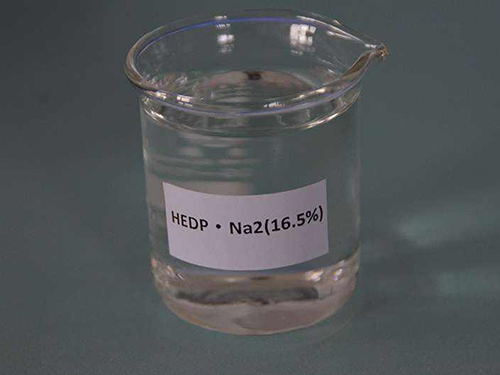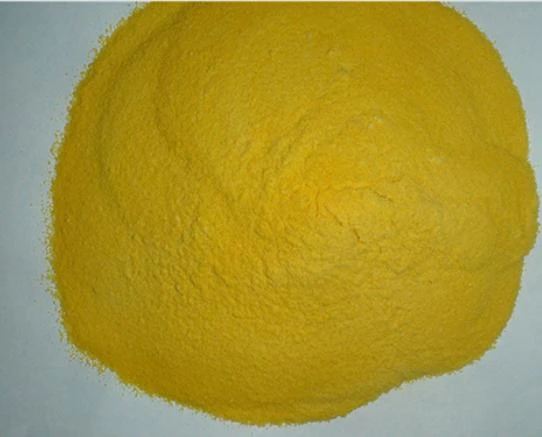2 月 . 10, 2025 11:46
Back to list
what is poly aluminum chloride
Poly aluminum chloride (PAC) is garnering attention in the water treatment and industrial sectors due to its efficiency and safety compared to traditional coagulants. With decades of application and development, PAC stands out as a vital chemical in various processes. Understanding its composition, benefits, and applications can highlight its significance in modern industrial practices.
PAC's versatility extends beyond water treatment. In the realm of personal care and cosmetics, it is valued for its ability to stabilize emulsions, offering consistent product textures and enhanced shelf life. The compound's efficacy in different formulations denotes its adaptability to various pH environments, thus expanding its usage spectrum. The environmental impact of chemical processes is an increasingly critical focus for industries worldwide. PAC stands out with a smaller environmental footprint compared to other coagulants. Its production is often more energy-efficient, and its usage contributes to less chemical waste, aligning with sustainable practices. This efficiency, coupled with lower chemical consumption, supports industry shifts toward greener initiatives, presenting PAC as both an economical and environmentally responsible choice. However, PAC’s application is not without challenges. Proper handling and storage are critical to maintaining its effectiveness. The product’s sensitivity to moisture and extreme temperatures necessitates careful management to prevent degradation or premature activation, which could compromise treatment results. Industry professionals and experts frequently highlight the importance of selecting the appropriate grade and formulation of PAC based on specific water chemistry and treatment goals. As research into PAC applications continues, its ability to blend with other treatment chemicals emerges, allowing for even greater optimization of treatment processes. In conclusion, poly aluminum chloride emerges as a frontrunner in the coagulant industry due to its efficiency, safety, and adaptability across various applications. Its benefits extend beyond immediate treatment outcomes, offering long-term advantages like reduced chemical waste and operational costs. As industries continue to prioritize sustainable and effective solutions, PAC holds the promise of cleaner, safer, and more cost-effective processes across multiple sectors.


PAC's versatility extends beyond water treatment. In the realm of personal care and cosmetics, it is valued for its ability to stabilize emulsions, offering consistent product textures and enhanced shelf life. The compound's efficacy in different formulations denotes its adaptability to various pH environments, thus expanding its usage spectrum. The environmental impact of chemical processes is an increasingly critical focus for industries worldwide. PAC stands out with a smaller environmental footprint compared to other coagulants. Its production is often more energy-efficient, and its usage contributes to less chemical waste, aligning with sustainable practices. This efficiency, coupled with lower chemical consumption, supports industry shifts toward greener initiatives, presenting PAC as both an economical and environmentally responsible choice. However, PAC’s application is not without challenges. Proper handling and storage are critical to maintaining its effectiveness. The product’s sensitivity to moisture and extreme temperatures necessitates careful management to prevent degradation or premature activation, which could compromise treatment results. Industry professionals and experts frequently highlight the importance of selecting the appropriate grade and formulation of PAC based on specific water chemistry and treatment goals. As research into PAC applications continues, its ability to blend with other treatment chemicals emerges, allowing for even greater optimization of treatment processes. In conclusion, poly aluminum chloride emerges as a frontrunner in the coagulant industry due to its efficiency, safety, and adaptability across various applications. Its benefits extend beyond immediate treatment outcomes, offering long-term advantages like reduced chemical waste and operational costs. As industries continue to prioritize sustainable and effective solutions, PAC holds the promise of cleaner, safer, and more cost-effective processes across multiple sectors.
Share
Latest news
-
The Ultimate Guide to Flocculants: Transforming Water TreatmentNewsNov.01,2024
-
Improve Your Water Treatment Solutions with PolyacrylamideNewsNov.01,2024
-
Enhance Your Water TreatmentNewsNov.01,2024
-
Empower You to Achieve the Highest Standards of Water QualityNewsNov.01,2024
-
Effective Scale InhibitorsNewsNov.01,2024
-
Discover the Power of Poly Aluminum Chloride in Water TreatmentNewsNov.01,2024





